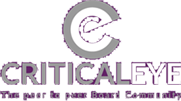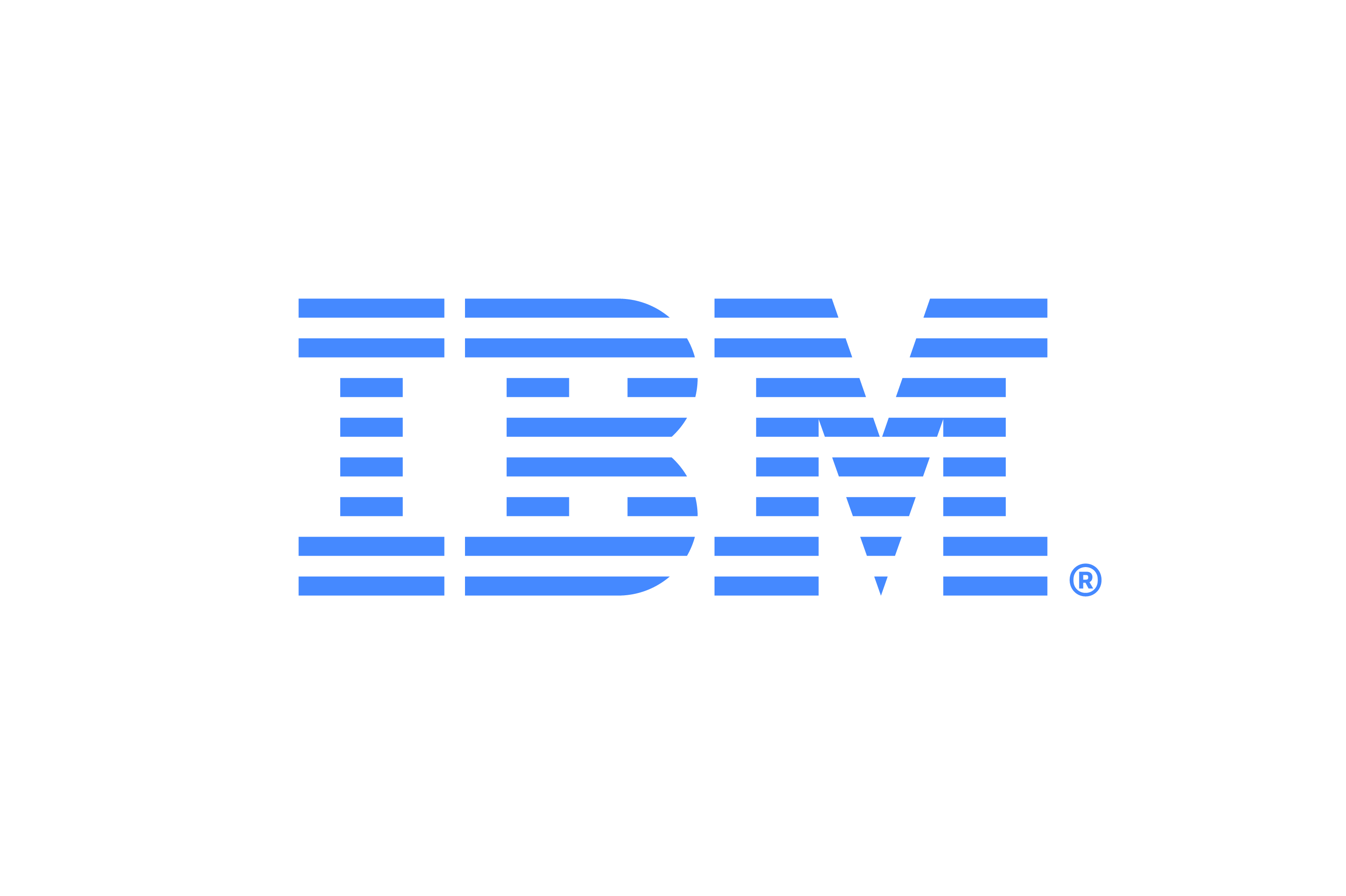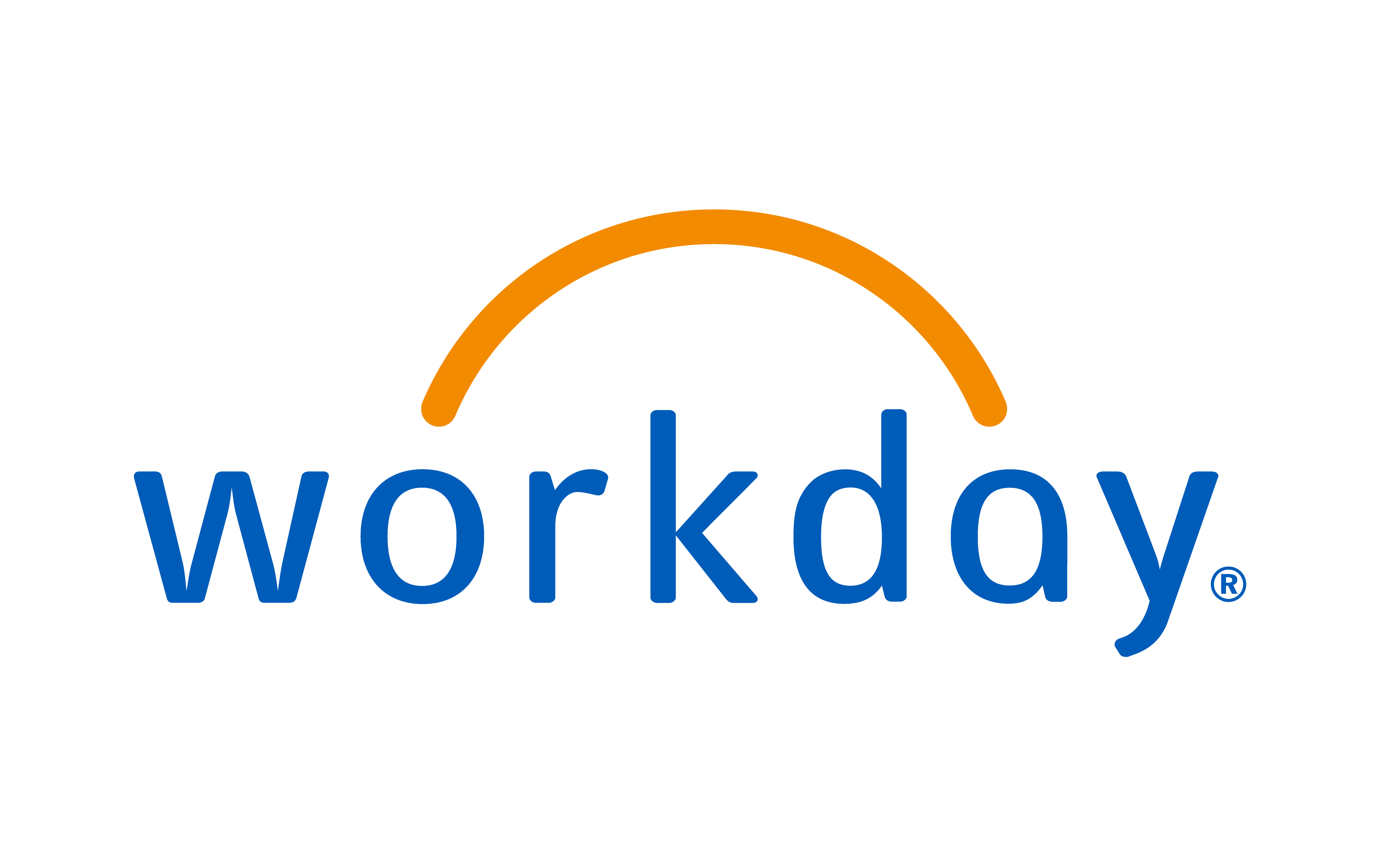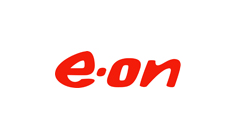
Companies around the globe are continuing to grapple with the shifting relationship between the employee and employer. Traditional career pathways are disappearing and organisations need to show they can adapt quickly if they’re going to recruit and keep the best people.
It will entail taking a different perspective and approach in how to support and develop individuals, especially in global businesses. Margaret Rumpf, Vice President and Global Marketing Head at GlaxoSmithKline, explains: “Sometimes it's just about asking the right questions. At various talent reviews I've challenged cultural norms and asked whether we are assessing individuals based on a particular Western ideal, rather than embracing talent for who they are.
“Increasing awareness of the differences between West and East leadership styles and highlighting elements around this, such as background, experience and skills… can unlock potential in individuals. If you multiply this at a team and organisational level and ask with intent, ‘What diversity do we need?’ You will likely achieve both an engaged workforce and a highly competitive performance.”
Oanh Phuong, Head of Global Customer Care Center at HP, builds on this point. “As leaders, we need to be strategic and intentional about how we develop the skills of the organisation, and part of that involves our willingness to adapt and change,” she said, emphasising the importance of creating a mixed workforce that is also reflective of the markets a business operates in.
She says: “It is imperative for each one of us to be aware, accepting, welcoming… and [inspiring] people to bring their true self to work fearlessly. We are bringing in the younger generation, along with the experienced, including people from different regions and social orientation, to get the global perspectives of the customers we serve.”
Reflecting on her own journey at HP, she says: “In order for me to succeed and excel, I needed to deliver on my commitments and more. I also had to be curious, willing to take risks and learn new things. I was willing to relocate to different locations and take on new assignments. Some of these assignments were brand new to me – it could feel like joining a different company altogether, but those experiences and challenges helped me learn and grow enormously.”
High Impact L&D
The culture of an organisation needs to encourage diversity in all its forms. At the same time, the way people learn and develop new skills and roles is changing.
Chris Jones, Managing Director for UKI HR Strategy & Consulting Lead at Accenture, says: “In terms of career growth, the Gen-Z interviewee doesn't want a ladder anymore, it's not militaristic – you don’t start at the bottom and work your way up. They want a career lattice and the ability to look left and right, up and down. It's the internal talent marketplace that they want – for the employer to be able to prompt jobs left and right, that might be interesting for them based on their skills and preferences.”
If such a framework for learning and development is to be successful, organisations need to be more strategic in identifying the skills they are nurturing or, where necessary, bringing in. Norma Gillespie, CEO at Resource Solutions, comments: “Being more data led can actually highlight that the skill-set just isn’t there. So, it’s about being able to use analytical tools to look at what’s available, allowing you to really focus on how to model workflow.
“Being data led is very different to the historical recruiter-relationship led models. Everyone’s having to shift with the new world, but data is clearly more critical than ever.”
Chin Seng Lee, a Board Mentor at Criticaleye and former Vice President of People & Organisation for Asia Pacific & Russia at Royal Canin, says: “There's a new phenomenon that's happening or catching on – it’s not borrowing but renting agile talent. This is a strategy to increase the capability of an organisation. It does this by rapidly shifting in response and adapting to volatile, shifting market conditions.
“Renting agile talent is about outsourcing a business challenge. It can also be using on-demand-services, maybe like consulting firms do. It's also about creating partnerships or alliances between companies.”
A Matter of Leadership
In Criticaleye’s most recent Asia Leadership Research, senior executives said that their most complex internal stakeholder was the workforce. They also said that the top priority over the next 12 months was retaining talent and developing skills, followed by strengthening leadership capability.
The landscape for talent is complex and changing rapidly. Holly Carmichael, Head of Research & Market Development for APAC at Criticaleye, says: “The intense competition for skills has seen salaries skyrocket, fuelling record levels of mobility. It’s made strategic workforce planning difficult, especially when combined with the phenomenon of the Great Resignation.”
Over the coming months, we may see a significant shift underway. Oanh of HP comments: “We’ve been through a tough period of intense war for talent, but the economic environment is rapidly changing. The demand and supply of talent may be different moving forward. And leaders will need to ensure that people, who may feel there are fewer opportunities available to them, remain motivated and engaged and enable them to learn and grow.”
She goes on to add that “if your employees are clear on the purpose and values of the company, its strategy and vision, they will want to be part of the solution and drive greater successes for the company – this is key in helping you to navigate the challenges that you face as an organisation".
The best companies will still look closely at the diverse mix of skills and backgrounds in their organisations. Margaret of GSK says: “I've sent a lot of talented Asian individuals to Europe and the US, and what works is when they have the support structure around them, such as a line manager that understands how to unlock the potential of the individual.
“When you have the right management and the structure that enables cultural integration and self-awareness in the actual market, people start to shine.”
Marc Barber, Director of Content, Criticaleye
Listen to our latest podcast, where William Lo, Chair of Captcha Media Ltd and a Criticaleye Board Mentor, talks to Charlie Wagstaff about the challenges of leadership in the current climate, by clicking here










 (002).png)















